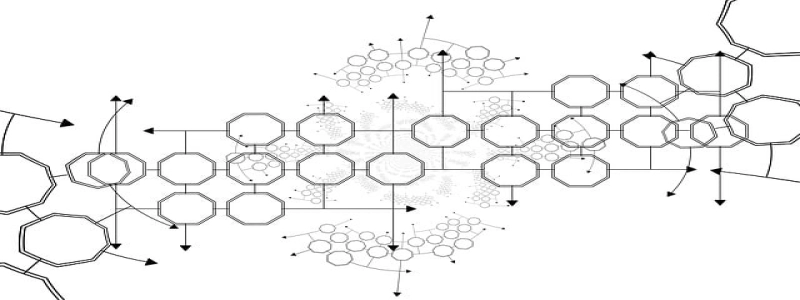Cisco BiDi SFP
Introduction
Cisco BiDi SFP, also known as Bidirectional Small Form-Factor Pluggable, is a type of optical transceiver module used in fiber optic networks. It provides a cost-effective solution for upgrading network infrastructures while maximizing the use of existing fiber cabling. In this article, we will explore the features and benefits of Cisco BiDi SFPs.
Features
1. Bidirectional Transmission: Cisco BiDi SFPs support bidirectional transmission over a single strand of fiber cable. This is achieved by using two wavelengths, one for transmitting data and the other for receiving data, on the same fiber. This enables network administrators to double the capacity of their existing fiber infrastructure without laying additional cables.
2. Simple Deployment: Cisco BiDi SFPs are hot-swappable, meaning they can be installed or replaced without powering down the network equipment. This enables easy and quick installation or upgrades without disrupting network operations. The plug-and-play feature of these SFPs simplifies their deployment, making them suitable for both small-scale and large-scale network deployments.
3. Compatibility: Cisco BiDi SFPs are compatible with a wide range of Cisco networking devices, including switches and routers. They adhere to industry standards and are interoperable with other brands that comply with the Small Form-Factor Pluggable (SFP) Multi-Source Agreement (MSA). This ensures that network administrators have the flexibility to use Cisco BiDi SFPs with their existing networking infrastructure or when integrating new equipment.
4. Data Rates: Cisco BiDi SFPs are available in various data rates, including 1Gbps and 10Gbps. This allows network administrators to choose the appropriate SFP based on their network requirements. Whether it’s upgrading an existing 1Gbps network or deploying a high-speed 10Gbps network, Cisco BiDi SFPs offer the flexibility to meet different bandwidth needs.
Benefits
1. Cost-Effective Solution: Cisco BiDi SFPs offer a cost-effective solution for network upgrades. By utilizing existing fiber cabling infrastructure, organizations can save on the cost of installing new fiber cables. Additionally, the ability to transmit and receive data over a single fiber strand reduces the need for expensive dual-fiber deployments, further lowering the overall cost.
2. Scalability: With Cisco BiDi SFPs, organizations can easily scale their network capacity without the need for significant infrastructure changes. By doubling the capacity of existing fibers, organizations can efficiently accommodate increased network traffic, eliminating the need for costly fiber expansion projects.
3. Simplified Network Management: By leveraging the plug-and-play feature of Cisco BiDi SFPs, network administrators can simplify their network management tasks. The ability to install, replace, or upgrade SFPs without disrupting network operations minimizes downtime and enhances overall network availability.
Conclusion
Cisco BiDi SFPs provide a cost-effective and efficient solution for upgrading network infrastructures. With their bidirectional transmission over a single fiber strand, simple deployment, compatibility, and scalability, organizations can maximize the use of their existing fiber infrastructure while accommodating growing network demands. By investing in Cisco BiDi SFPs, organizations can enhance their network performance while reducing costs and simplifying network management.








